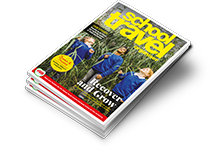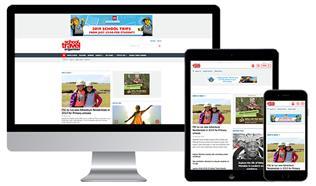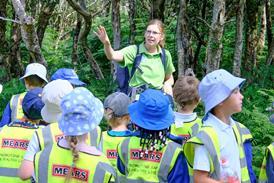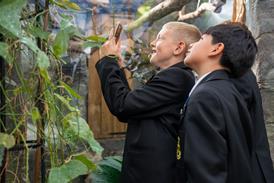Andy Smith, advisory services manager at EVOLVE Advice shares practical tips and guidance to help lead safe and memorable school ski trips.
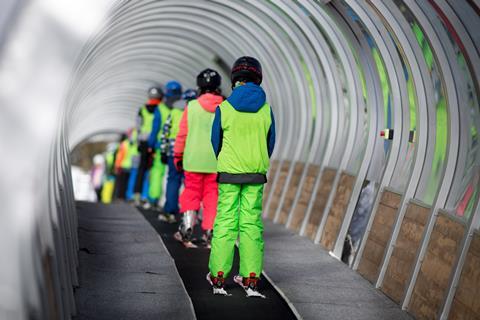
From tried-and-tested trips in the Alps to long-haul adventures in Canada or emerging destinations like Bulgaria, school snowsport visits are a firm favourite. More than just fun on the slopes, they offer numerous benefits, including:
- Cultural immersion through travel, language and local traditions;
- Physical activity and wellbeing from sustained exercise and learning new skills;
- Personal development, building resilience, independence and responsibility;
- …and of course, fun and lasting memories.
Group bookings can also reduce costs and make these experiences more accessible for students who might not otherwise have the chance.
If you’re new to organising a snowsport visit, it’s essential to work closely with your EVC and experienced colleagues. Refer to OEAP National Guidance 7.1v Snowsport Visits for detailed guidance, and liaise with your Educational Visits Adviser and tour operator early on.
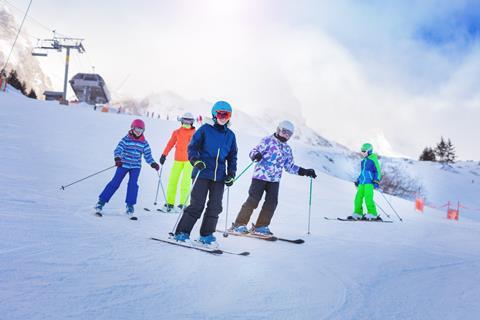
Top tips for planning
1. Choose a reputable provider – look for School Travel Forum members and LOTC Quality Badge holders with positive teacher reviews (e.g. on Kaddi.com).
2. Prepare physically – a ski fitness programme and a visit to an artificial slope will help you understand current skill and fitness levels. By building ability and stamina, you’ll help lower the chance of tiredness and injuries.
3. Check your resort – consider travel time, snow reliability, facilities, distance to the slopes, and plan B options for ‘weather days’.
4. Check passport validity and visa requirements even if it is somewhere you have visited before – things can and do change.
5. Staff the visit appropriately – staff / students can get tired and injured, so having a floating member of staff is helpful. External courses are available for staff leading snowsports visits.
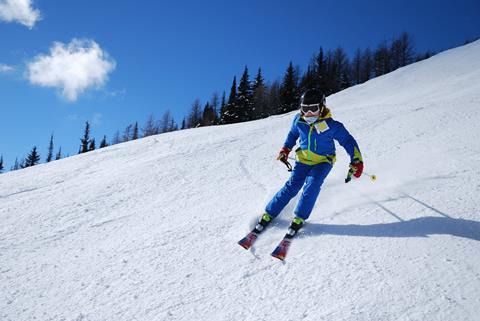
6. Code of conduct – set clear expectations covering accommodation (e.g. eating and hydration, balconies, bunk beds, safeguarding and communal areas); and resort safety (e.g. drugs, alcohol, supervision).
7. Instruction and supervision – ensure you have competent, suitable instruction and distribute staff to monitor provision. Plan evening activities with energy levels in mind. Be alert to the weather and effects of altitude.
8. Check your insurance covers your location and activities. Be especially careful when travelling to the USA or Canada.
9. Plan for emergencies. Know your group’s needs and how to access local emergency services. Arrange access to emergency funding sources and know who your emergency contact is. GHIC/EHIC cards may be required.
10. Start planning early – build in enough time for review and sign-off, promoting the trip, and enabling parents to plan payments.
Done well, snowsport visits can be the highlight of your visit programme.
This publication is a general summary of guidance. It should not replace advice tailored to your specific circumstances.
For more information about EVOLVE Advice go to www.evolveadvice.co.uk.

